1. Walking on Fire in Fiji
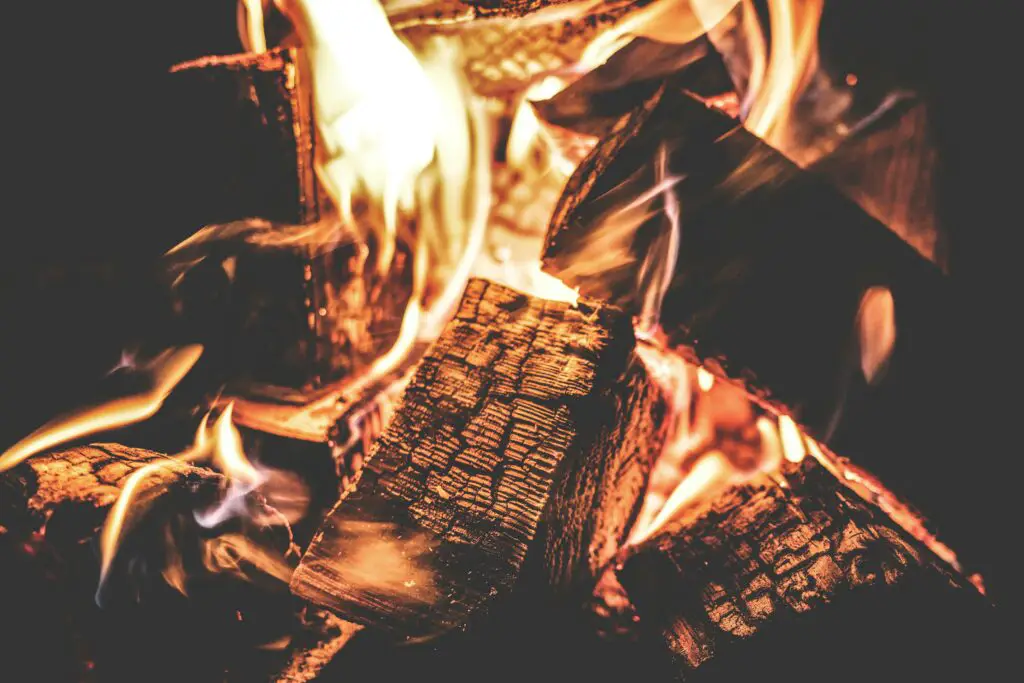
In certain remote Fijian villages, fire-walking isn’t just a spectacle for tourists, it’s still practiced as a sacred ritual. Men prepare themselves for days, fasting and praying, before stepping barefoot across a pit of glowing stones. It’s said to connect them with their ancestors and test their spiritual strength. The stones are heated for hours, and the event often takes place under the watchful eyes of the entire community. While it may look terrifying, the participants seem almost untouched, claiming faith protects them. Villagers believe that if someone harbors bad intentions, they’ll get burned. The ritual has been passed down for generations and is one of the most spine-tingling fire customs still alive today.
The eerie part is not just the walk itself but the quiet intensity of those watching. As the flames flicker, you can almost feel the weight of centuries of tradition in the silence. Outsiders often describe the atmosphere as both beautiful and unsettling.
2. Bulgaria’s Nestinarstvo
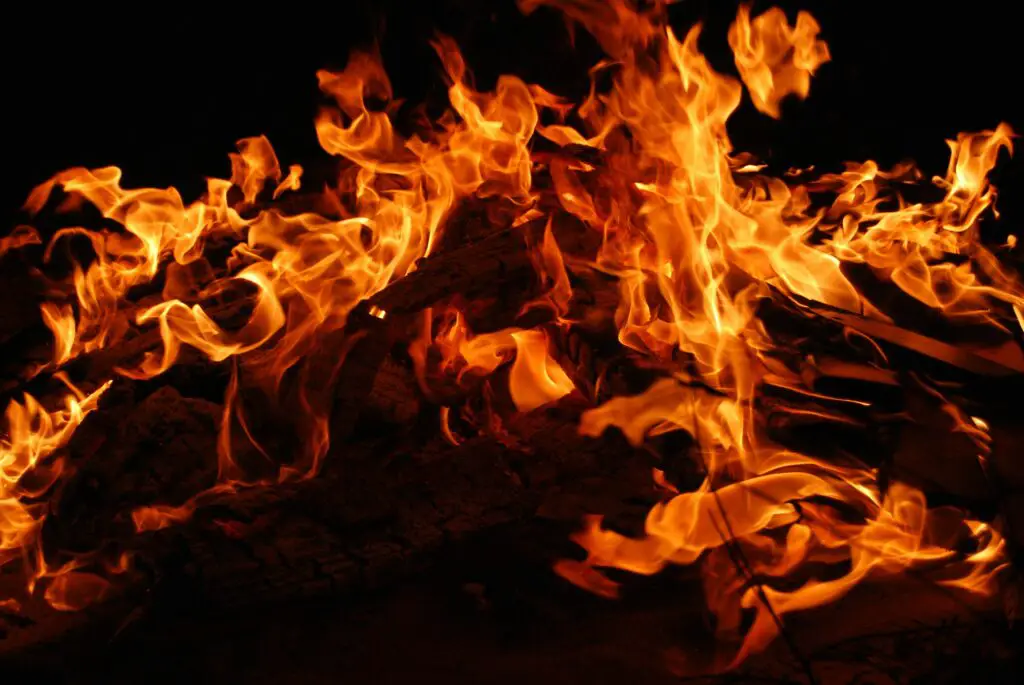
In rural Bulgarian villages, a ritual called Nestinarstvo has been carried on for centuries. Villagers dance barefoot on burning embers during celebrations of Saints Constantine and Helena. The fire isn’t just for show, it’s seen as a medium to connect with the divine. Participants usually enter a trance-like state as drums and bagpipes play haunting rhythms. It’s not uncommon for dancers to claim visions or messages from the saints during the fire ritual.
What makes this ritual especially chilling is the way the dancers seem immune to pain. Onlookers swear the embers glow brighter as the dancers move over them, as though the fire itself recognizes their faith. It’s part miracle, part mystery, and it continues to this day in hidden corners of Bulgaria.
3. Japan’s Hi-Watari
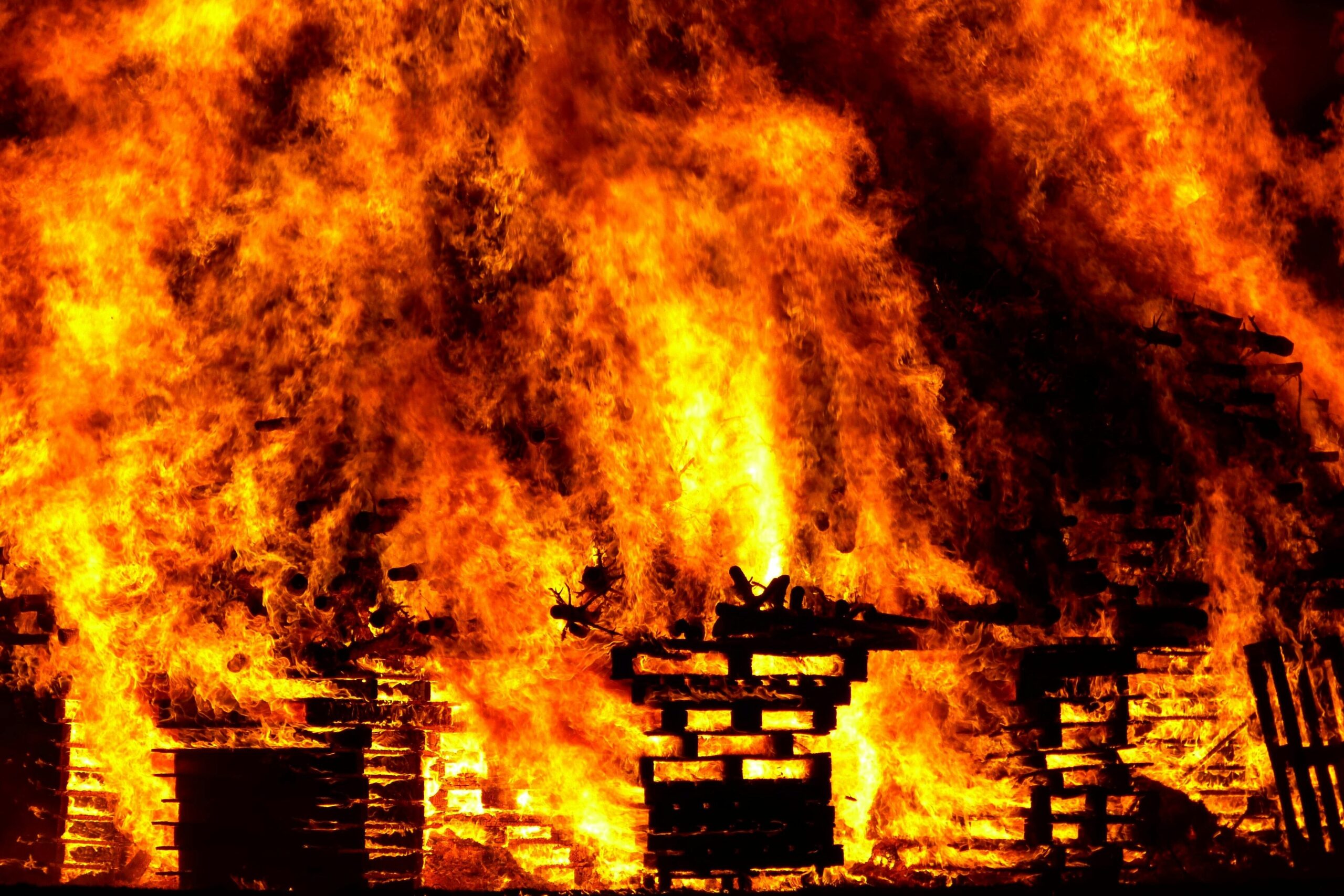
In certain Japanese mountain villages, Buddhist monks still practice Hi-Watari, or fire-walking. The ritual is held to cleanse the spirit and ward off evil. Monks chant prayers before laying down hot coals, and participants—sometimes ordinary villagers—walk barefoot across them. The belief is that fire purifies the soul, and those who complete the walk leave behind bad luck.
There’s a hushed reverence during the ceremony, with smoke rising and drums beating softly in the background. Watching villagers line up and calmly walk across scorching coals feels otherworldly. Some even say they can smell incense mixed with burning wood long after the ritual ends.
4. Ethiopia’s Timkat Fires
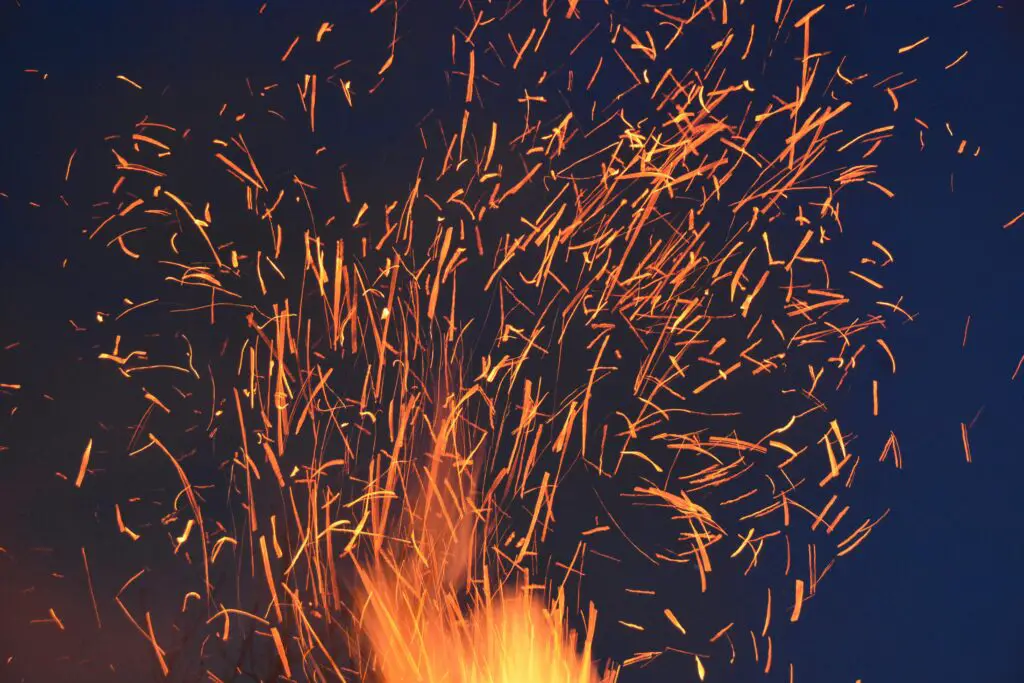
During the Timkat festival in Ethiopia, which celebrates the baptism of Christ, villagers in remote areas light massive bonfires. These fires are believed to cleanse the community of sin and keep evil spirits away. People gather in the cold night, chanting hymns as the flames leap skyward. The bonfire becomes the centerpiece of the celebration, and many believe that staring into it can bring visions.
Children are warned to stay close, as wandering into the dark could invite spirits that linger beyond the firelight. Elders claim the fire itself listens, carrying prayers up into the heavens. It’s equal parts celebration and cautionary tale, with the blaze both protecting and intimidating those who gather.
5. Peru’s Qoyllur Rit’i
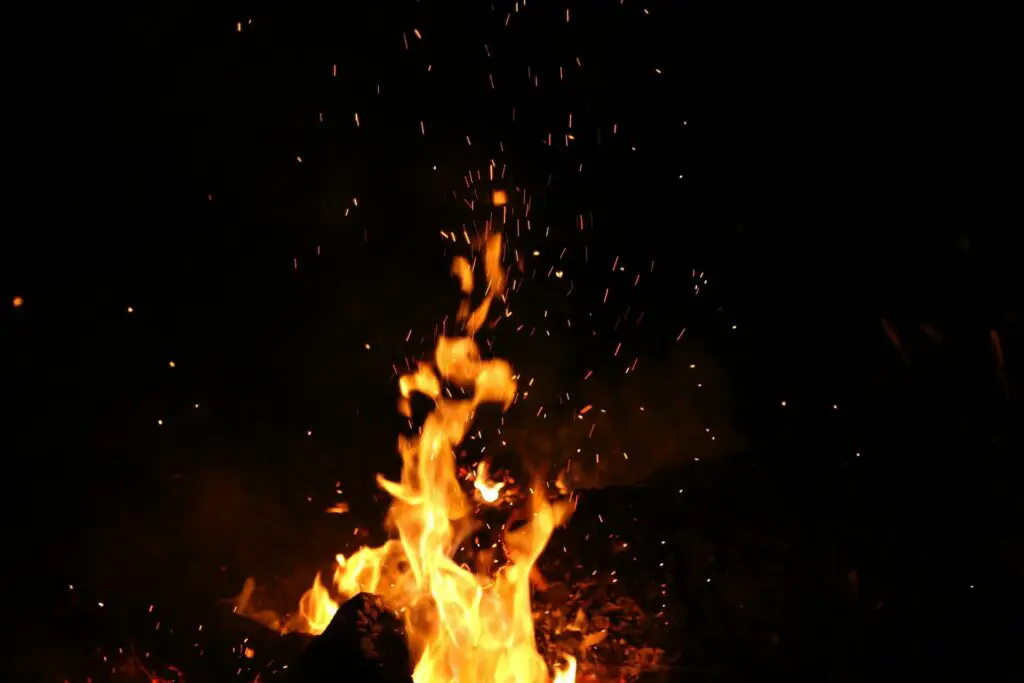
High in the Andes, during the Qoyllur Rit’i festival, villagers light fires at the foot of glaciers. The fire symbolizes life in the freezing mountains and is tied to ancient Incan traditions. Dancers dressed in elaborate costumes circle the flames, their shadows flickering against the icy peaks. The ritual often lasts until dawn, and people believe the combination of fire and ice connects them with mountain spirits.
There’s something unsettling about the way the flames reflect off the glaciers, giving the night an eerie glow. It’s said that the spirits of the mountains join the dancers, invisible but felt by those near the fire. Travelers describe it as both enchanting and unnerving, as though nature itself was participating.
6. India’s Theemithi
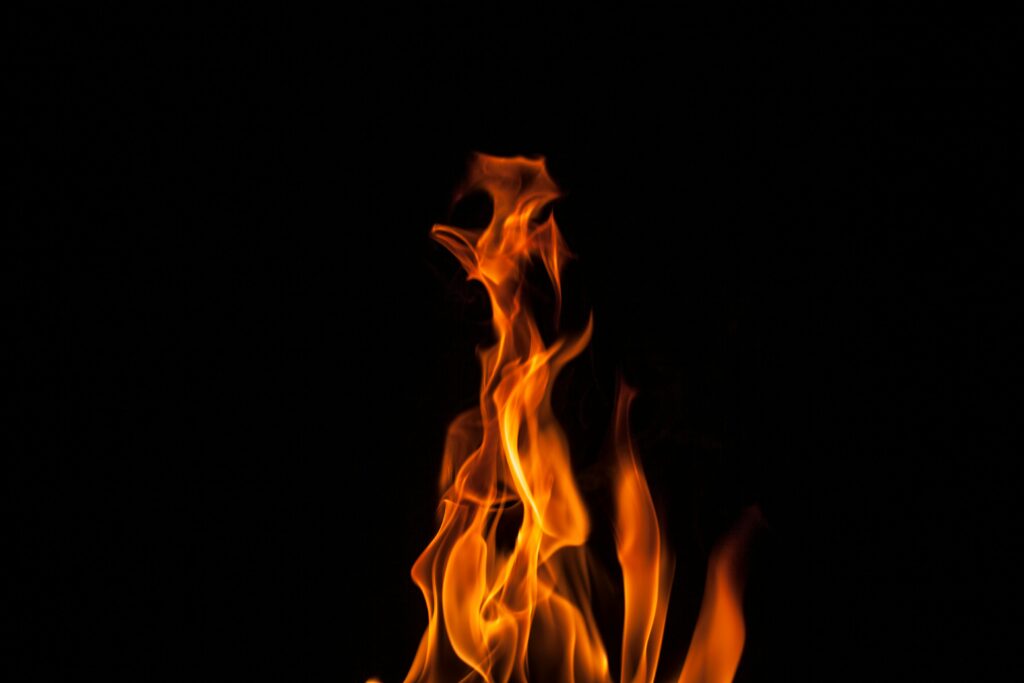
In parts of southern India, the ritual of Theemithi involves walking across fire to honor the goddess Draupadi. Devotees believe that surviving the ordeal proves their faith and devotion. Villagers prepare for weeks, praying and fasting before the ceremony. When the fire pit is ready, participants step barefoot across the glowing embers without hesitation.
The crowd chants and drums thunder as each person makes their way across. Some say you can feel the air shift as they pass, like the fire recognizes their bravery. Even though the ritual is meant to inspire devotion, for outsiders it’s hard not to feel a chill watching someone walk calmly across flames.
7. Scotland’s Beltane Fires
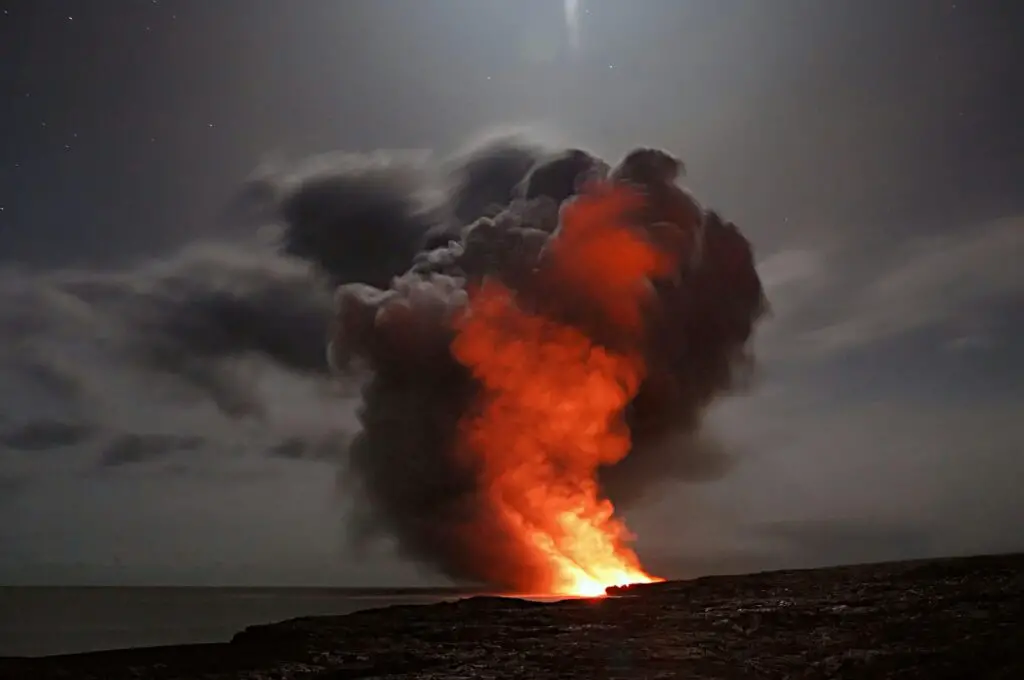
In some remote Scottish communities, Beltane is still celebrated with towering bonfires. Villagers gather around to leap through flames or circle them, a practice believed to bring fertility and protection. The fire is thought to burn away misfortune and welcome the summer season. People sing old songs as sparks rise into the night sky.
What gives it an eerie edge is the idea that spirits are also present, drawn by the fire. Some villagers say you can feel unseen eyes watching as the flames crackle. While many view it as joyful, the haunting atmosphere of ancient Celtic tradition still lingers in the air.
8. Mexico’s Day of the Dead Fires
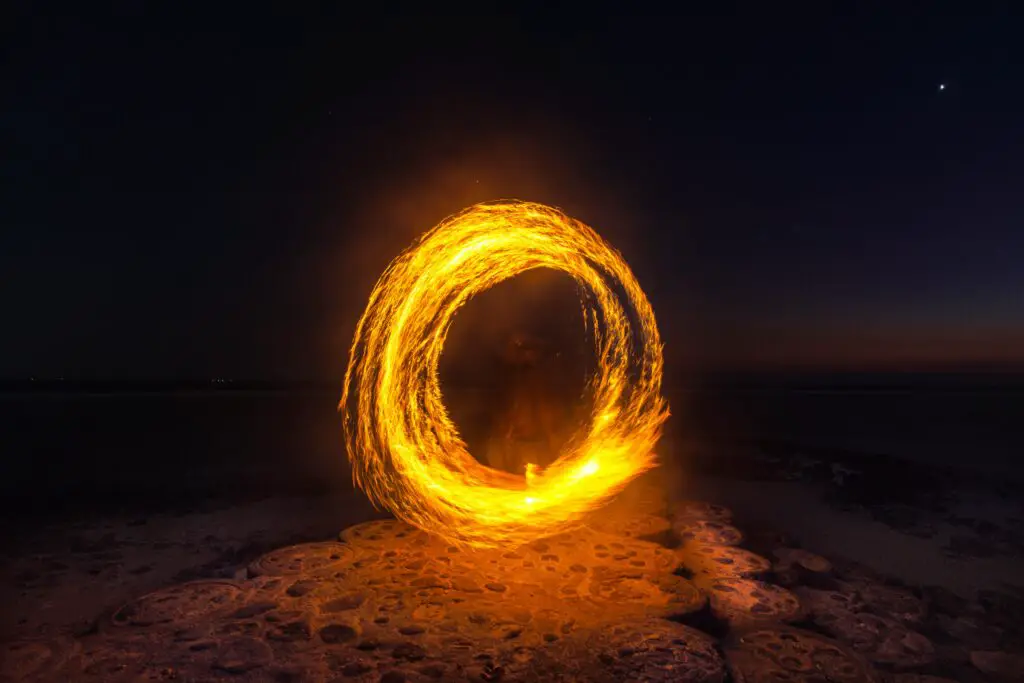
In remote Mexican villages during the Day of the Dead, families light fires to guide spirits back home. These aren’t just candles or lanterns, but full flames that blaze through the night. The belief is that fire provides warmth for visiting souls and keeps away harmful entities. Entire communities glow with the eerie light, each fire said to mark a doorway between the living and the dead.
As midnight approaches, villagers often sit in silence by the fire, listening for whispers of their loved ones. The crackling of wood is sometimes described as voices, making the night feel alive. It’s a tradition that blurs the line between comfort and fear.
9. Mongolia’s Fire Oath
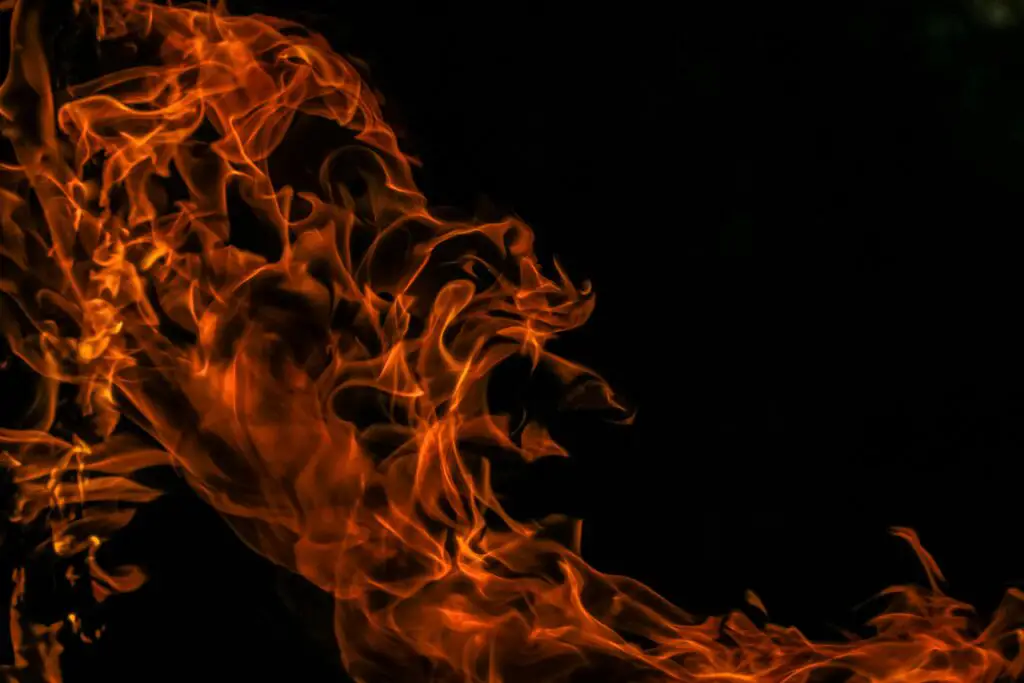
In certain Mongolian villages, people still take solemn oaths around fire. The ritual involves standing before a flame, swearing truth while tossing offerings like milk or vodka into the fire. Breaking such an oath is believed to bring terrible misfortune. The fire is treated as a witness, a divine presence that remembers promises.
What makes this chilling is the absolute seriousness of it. Villagers believe lying before fire will curse not just the speaker but their entire family. Even today, the ritual is treated with grave respect, and the glow of the flames feels like unblinking eyes.
10. Papua New Guinea’s Spirit Fires
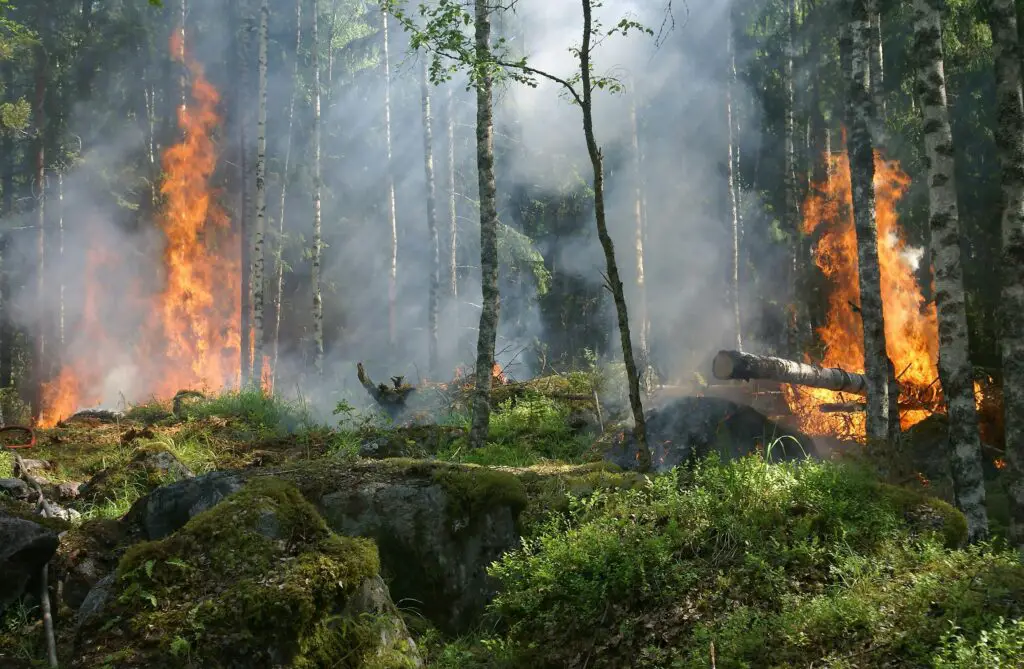
In remote Papua New Guinea, some villages still use fire rituals to communicate with spirits. Elders light special fires at night, chanting incantations while tossing herbs into the flames. The sparks and smoke are believed to carry messages to the ancestors. Villagers gather in silence, watching for patterns in the flames that may reveal answers.
The unsettling part comes when elders declare that the spirits have answered. Sometimes, they point to shadows moving oddly in the firelight as proof. Outsiders might see nothing unusual, but locals swear the ancestors are watching.
11. Nepal’s Mha Puja
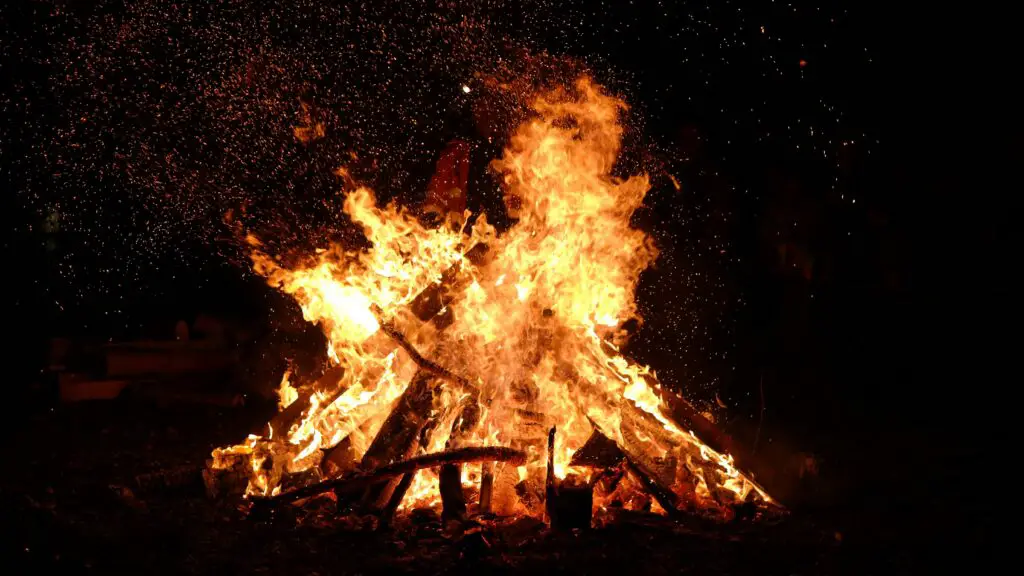
In Newar communities of Nepal, Mha Puja, or “worship of the self,” involves lighting fire rituals. Villagers arrange mandalas of fire and offerings, believing the flames purify their inner spirit. Each family member sits before their own fire arrangement while elders chant blessings. The ceremony is intimate, yet the flames add a strange, almost otherworldly glow to the room.
Though it’s meant to be uplifting, the atmosphere can feel eerie. The quiet focus, the dancing shadows, and the smell of burning oil create a surreal sense of being in another realm. For participants, it’s a chance for renewal, but for observers, it feels almost ghostly.
12. Romania’s St. Andrew’s Night Fires
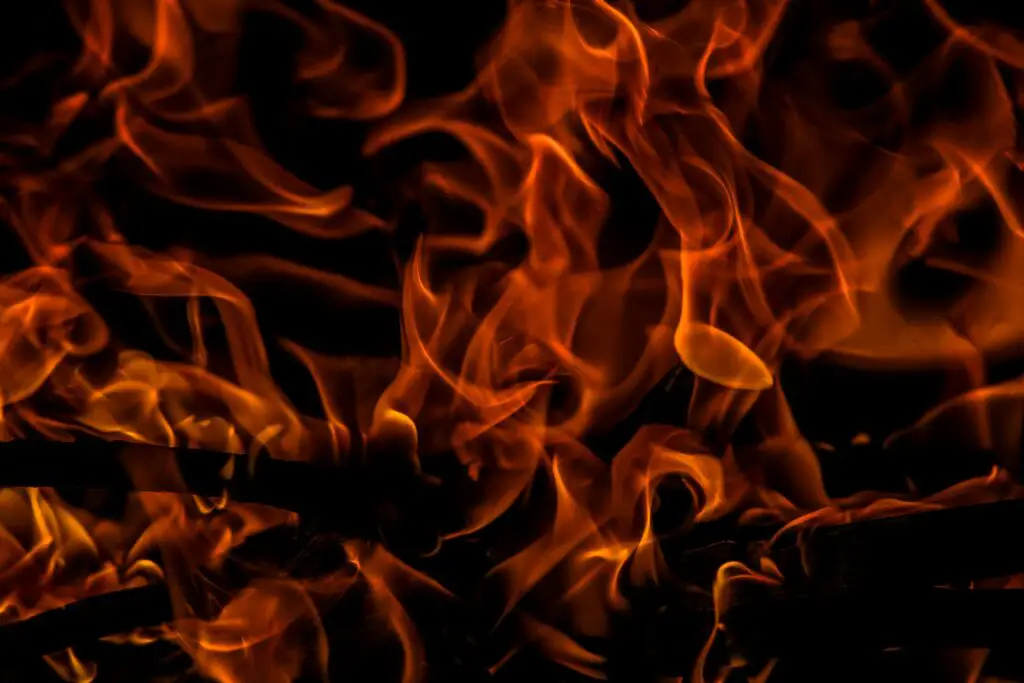
In rural Romania, villagers light fires on St. Andrew’s Night to ward off wolves and evil spirits. The night is believed to be when dark forces are strongest, and fire becomes the only protection. Families gather close, telling stories while the fire burns through the long night. Some place garlic in the flames, a practice thought to repel witches.
The ritual has an eerie feel, especially when combined with howling winds in the Carpathian mountains. Locals insist the wolves themselves keep away from villages on this night. Sitting by the blaze, it’s hard not to feel like something unseen lurks just beyond the firelight.
